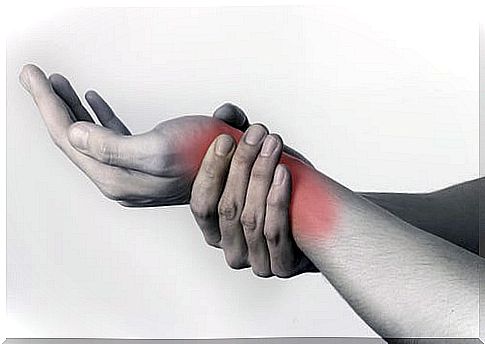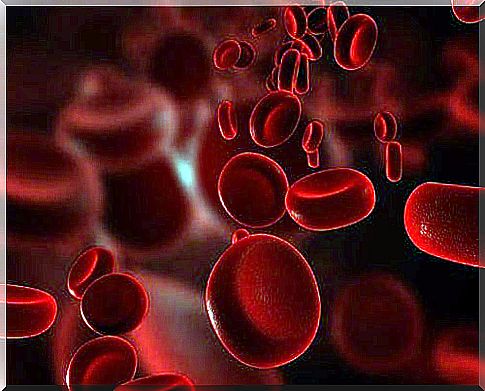Curiosities About The Human Body
Why can’t we move the ring finger particularly well? Since the latter shares the extensor muscle with the middle finger, it is restricted in its movements.

The human body is a fascinating machine. We are perfect creatures with all kinds of abilities and flaws, unique and capable of great things. In this post you will learn curious facts about the human body. You will be surprised!
1. Do you have one tendon less?
Amazing but true. 15% of people do not have a tendon in the radial hand flexor.
To check this, all you have to do is do a simple test: bring your thumb and pinky finger together, then try to bend your wrist backwards. In 85% 2 tendons are visible, in the rest only one.
2. The fainting syndrome
This syndrome is curious but problematic: There are people who faint after urinating.
This is because it stimulates the vagus nerve and therefore blood pressure sometimes drops suddenly. That’s not funny.
3. Reproductive organs and kidneys

Both organs are closely related. A perfect example of this is when men get a sudden blow to the testicles and experience severe pain in their kidneys.
This is because both are in the same place during the development process and only later take their definitive position.
4. Try to move the ring finger
One more little test: put your hand on a flat surface and try to lift every single finger. You can do this with any finger, but not with your ring finger.
There can of course be exceptions, but mostly the mobility of the ring finger is severely restricted.
This is due to the fact that the index finger and the little finger have their own, independent extensor muscles, while the middle and ring fingers only have one in common. When one is bent, the other cannot be fully straightened and vice versa.
5. One kidney is higher
Another curiosity: in the human body, the left kidney is a little higher than the right. Why is this specialty? This is because the liver puts pressure on the top of the kidneys. Did you know that?
6. Sugar in the blood

The blood sugar level corresponds to one tablespoon of sugar dissolved in the blood. With this, the body can go for two days without eating.
This can then lead to ketosis, a process in which the liver uses the glycogen reserves to make up for the lack of glucose in the blood. This is very dangerous. We therefore advise against a high-protein diet that is also sugar-free.
7. Did you know you have fewer bones than a baby?
This is true! When we are born we have about 300 bones. Gradually, the bones join together as they grow, so that only 206 bones remain in adulthood.
8. Can you breathe and swallow at the same time?

Have you tried this before? It is impossible. This is due to a curious evolutionary process in which the roof of the mouth moved back in order to expand the throat and in this way improve the speech output.
This leads to a greater risk of choking. But the larynx protects against food getting into the windpipe. It also prevents swallowing and breathing at the same time.
9. How many antibodies do you produce every day?
Three grams on average. These three grams are very important to protect against harmful microorganisms and consequently for our general health.
10. How many atoms does the human body contain?
Have you ever asked yourself that? It’s not a question that robs us of sleep, but the answer is interesting: A person who weighs over 70 kg has an incredible number of atoms: a 7 with 27 zeros. Can you calculate that Surprising, isn’t it ?!
Here we have pointed out just a few of the myriad things one can find out about the human body. But there are a lot more curiosities to discover about the human body!









